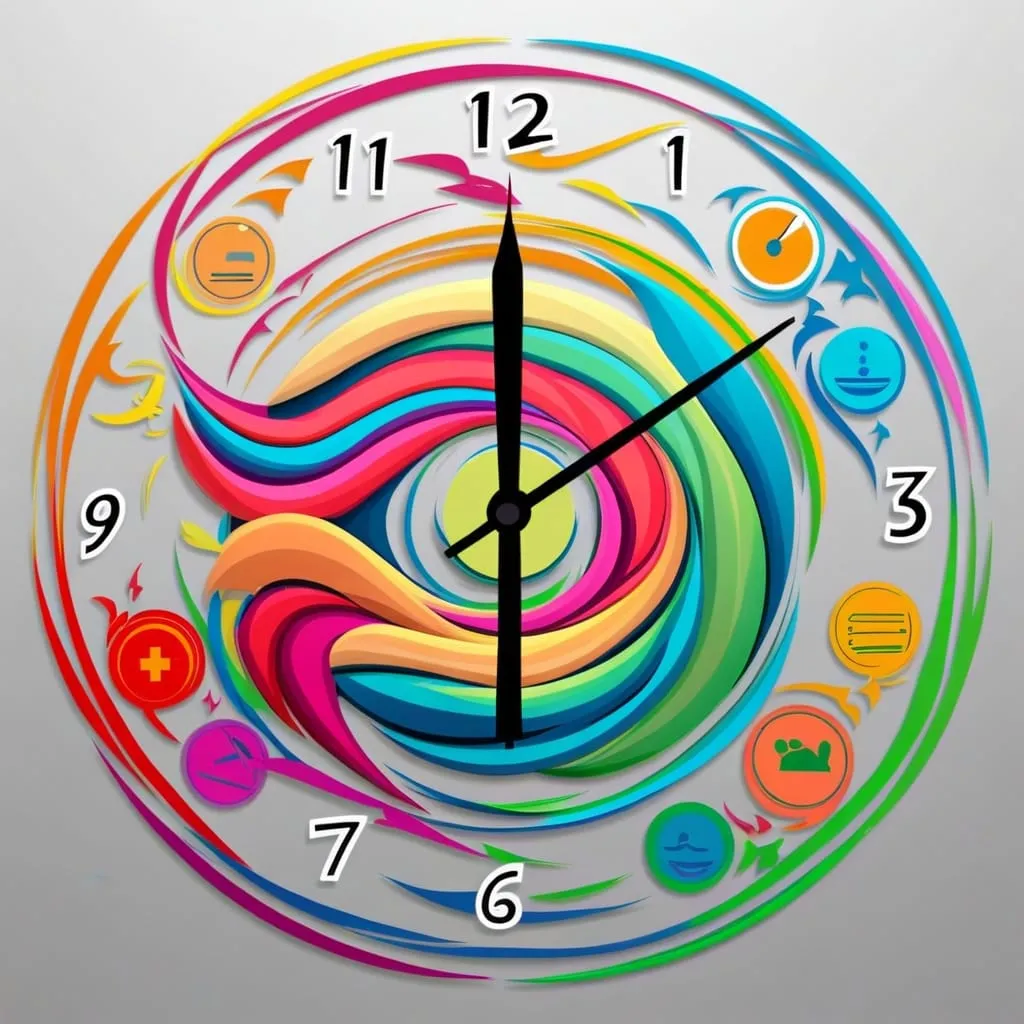Mastering the Art of Productivity: Beyond the Pomodoro Technique
We've all heard about the Pomodoro Technique, right? Those 25-minute work sprints followed by 5-minute breaks. But let's be real - one size doesn't fit all when it comes to productivity. So, let's dive into some alternative timing tricks that might just revolutionize your work game.
First up, we've got the 50-10 method. It's like the Pomodoro's cooler, more laid-back cousin. You work for 50 minutes, then take a 10-minute breather. This longer work session is perfect for those tasks that need some serious brain power. Imagine diving deep into a writing project or coding session without constantly checking the clock. And when that 10-minute break rolls around, you've got time to stretch, grab a snack, or even do a quick meditation session.
But wait, there's more! Ever heard of the 90-minute work cycle? It's based on this fancy thing called the ultradian rhythm - basically, your body's natural productivity cycle. Work for 90 minutes, take a 10-15 minute break, and repeat. It's like surfing the waves of your own energy. Start your day with a 90-minute deep dive into your most important task, then ride that productivity wave all day long.
Now, if you're feeling like a rebel, try the 52-17 method. Yeah, it's oddly specific, but hear me out. Some smart folks did a study and found that the most productive people work in 52-minute bursts followed by 17-minute breaks. It's like the Goldilocks of productivity - not too long, not too short, but just right.
But maybe you're thinking, "These fixed intervals aren't my style." No worries! Enter time blocking. It's like being the DJ of your own schedule. You decide how long each block should be based on your tasks and energy levels. Maybe you block out two hours for that big project in the morning, then 30 minutes for emails after lunch. It's all about customizing your day to fit your unique rhythm.
Now, let's talk about the 5-S system. It's not just about timing - it's a whole productivity lifestyle. Sort out your priorities, set everything in order, keep your workspace shining (yes, that includes your digital space too), standardize your routines, and sustain these habits. It's like Marie Kondo-ing your entire work life.
But here's the thing - all these fancy techniques won't mean squat if you're constantly distracted. So, let's talk about avoiding those pesky interruptions. Block those notifications, create a workspace that screams "productivity," and set some boundaries with your coworkers and family. Trust me, your future self will thank you.
Want to make productivity fun? Try gamifying it! Set challenges for yourself, like completing a certain number of work sessions in a day. Reward yourself when you hit your goals - maybe with a longer break or that fancy coffee you've been eyeing. And don't forget to track your progress. Seeing how far you've come can be a huge motivator.
Remember, the key to all this is personalization. What works for your coworker might not work for you, and that's okay. Experiment with different intervals, listen to your body, and be flexible. Maybe you're a morning person who crushes it in the early hours, or maybe you're a night owl who comes alive after sunset. Embrace your unique rhythm!
In the end, productivity isn't about squeezing every last drop of work out of yourself. It's about finding a flow that keeps you motivated, focused, and actually enjoying your work. So, take these ideas, mix and match, and create your own productivity cocktail.
Who knows? You might discover a whole new level of efficiency you never knew you had. And hey, even if you don't become a productivity superhero overnight, at least you'll have fun trying. So go ahead, shake up your routine, and see what happens. Your to-do list won't know what hit it!






